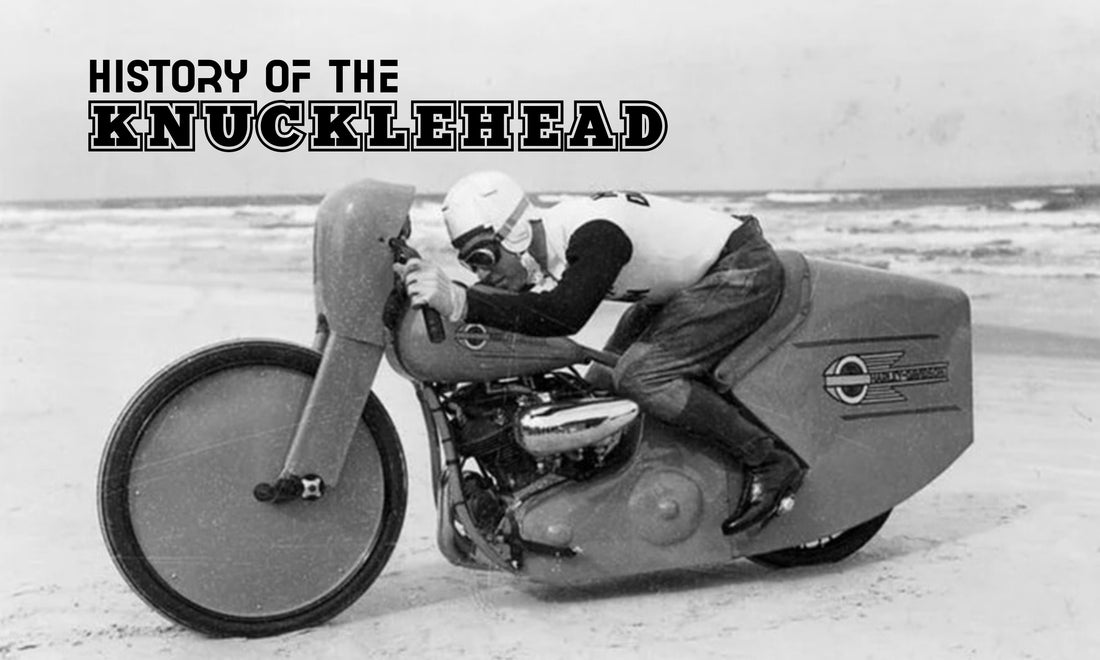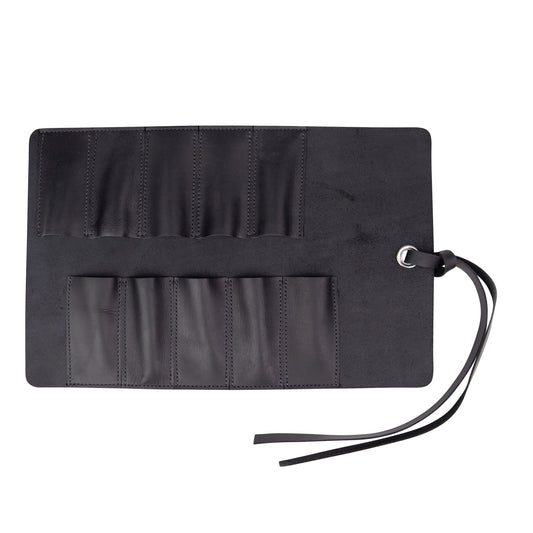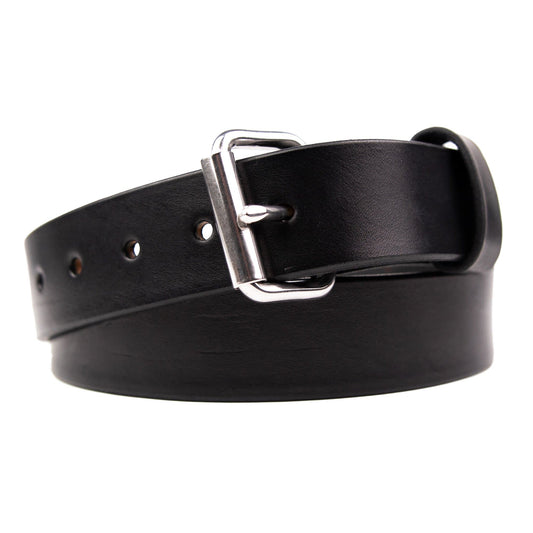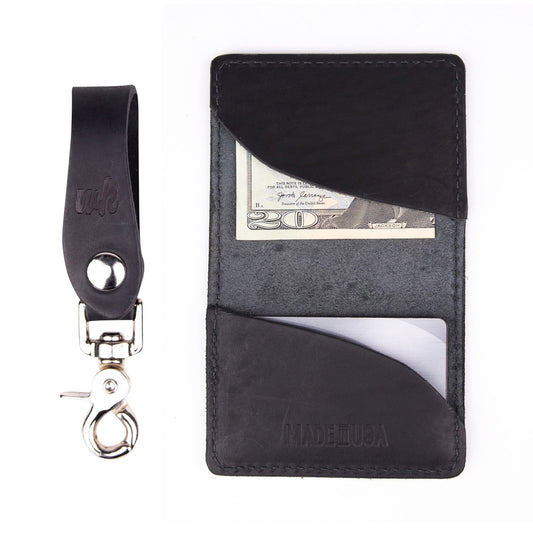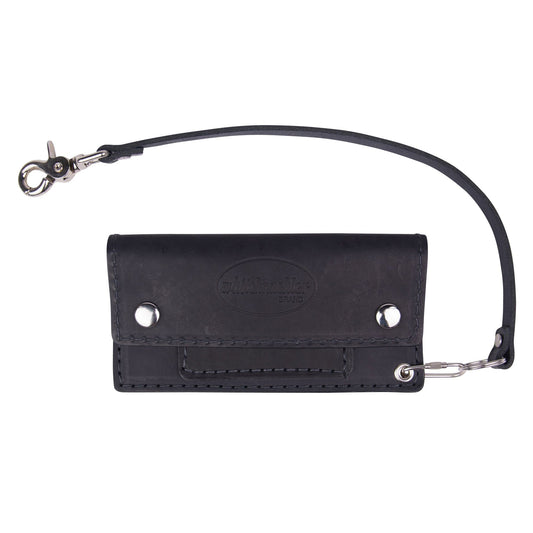When you mention the word “Knucklehead” to any Harley-Davidson enthusiast, you will notice an immediate gleam in their eye and a warm smile develop on their face. Though the odds of them actually being alive during this engine’s heyday are slim, the chance of nostalgia brought about by the simple utterance of the term is strong.
In a last-ditch effort to turn around lackluster sales in hopes to surpass their competition, Indian, the brain trusts at Harley decided to kick-start the life of the Knucklehead before its time.
Though met with its share of issues upon its premature release, the Knucklehead continues to be one of the most sought-after bad-ass engines in Harley history.
The 1936 Knucklehead: Ahead of its Time

In the 1930s, Harley-Davidson had already solidified itself as a reliable maker, and that was proven through its acquisition of government contracts to supply motorcycles to both the US Military and other US governmental agencies. Even still, sales lagged as Harley took a backseat to its competitor, Indian.
Harley execs felt the path to resurgence would come by way of creating a motorcycle featuring an overhead-valve v-twin-engine, and the concept of the Knucklehead was born. Haley charged engineers Hank Syvertson and Joe Petrali with heading the project. However, they were forced to release the engine to the public before they completed hammering the kinks out of the design.

Know as the Model E upon its release, the 61 cu in engine made its way onto showroom floors in June of ‘36, sporting an outstanding 37 hp, a full ten more than its predecessor, the Flathead. It also came in an EL sport version sporting an outstanding 40 hp.

This engineering giant came with a dry-sump with a mechanical oil pump for lubrication, a cylinder head containing the inlet and exhaust valves, a multi-plate clutch, and a four-speed constant mesh transmission, a vastly different configuration from the competition, Indian. The engine derived its nickname from its rocker covers that resembled a closed fist.
While the Knucklehead itself was impressive, it was delivered in an equally remarkable package, complete with a cradle-type frame and twin down tubes. For around $350 (roughly the equivalent to $6,500 today), motorcycle lovers could take one home. However, this newly designed engine roared onto the scene with a lion’s share of issues.
Harley, We Have a Problem

Harley’s need to surpass Indian overshadowed their sensibility, causing them to release just under 2,000 Knuckleheads even though it still suffered from technical difficulties. Problems that the ‘36 came with included:
- Valve Springs that broke quickly.
- Poorly lubricated rockers.
- Significant oil leaks. This was due to the fact that the complexity of the engine’s shape made it very difficult to properly seal.

Engineers continued to perfect their work on the Knucklehead, almost completely redesigning the original configuration. Most notably, improvements were made to the metalwork on the springs, and the rockers’ design was enhanced, and oil leak issues were addressed. Repair kits were then sent to Harley dealerships to fix the bikes that had already hit the road.
Because so many of the parts on an original 1936 Modle E were only made during that year of production due to the extensive redesigns, it is now virtually impossible to find replacements. Those looking to restore a ‘36 must either craft those elusive parts specifically for the bike or modify a similar piece from a different bike to fit.
Easing On Down the Road

By ‘38, Harley had gotten the design flaws hammered out, but it continued to improve on the Knucklehead for almost a decade. Some of those changes included:
- ‘38 - The engine’s top was covered entirely.
- ‘39 - Stiffer valve springs were added.
- ‘40 - A larger flywheel was included.
- ‘41 - The new FL Model rolled out, introducing a larger 74 cu in size.
After a fine run of production, 1947 was the final year Harley-Davidson made the Knucklehead, and it was replaced by the aluminum Panhead motor the following year.
The Harley-Davidson Knucklehead: The King of the Road

Though its beginnings were rocky, almost 80 years after hitting the streets, the Knucklehead continues to be at the top of every Harley lover’s wishlist. Keeping true to the company’s original principle, “we do not sell motorbikes, but the unique experience of a lifestyle,” the Knucklehead allowed riders to experience the freedom of the open road in ways they hadn’t before.
Providing both power and speed, this engine put Harley back on top and drove its competition into the ground.
Representing simplicity and the perfect balance between beauty and power to Harley aficionados, the Knucklehead will live on motorcycle history as one of the finest engines to ever power a bike. The legendary Knucklehead will forever be the king of the road.

